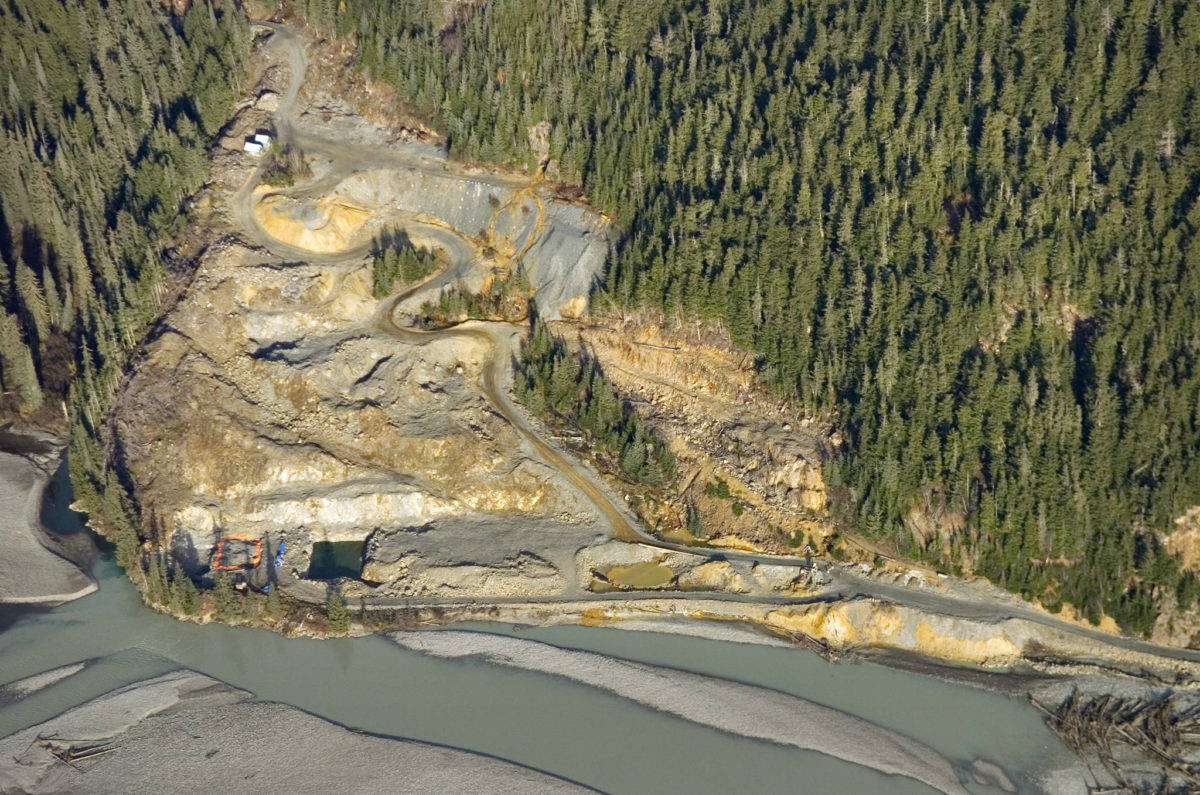I was raised on the Taku River.
In the ’40s and ’50s, from May through October, my brothers and I did everything together on the river: Gillnetting, set netting, berry picking, moose hunting. In the winter, we lived in Douglas Indian Village, on Douglas Island, a few miles from the mouth of the Taku.
During those years, I heard fishermen raise concerns about the Tulsequah Chief mine. They asked why mine tailings were dumped in the river. I recall hearing of orange stuff that was leaking into the river from a holding pond at the mine.
Now, more than six decades after the mine was abandoned, we are still asking about what we now know is toxic acid mine drainage, which continues to pour into the Tulsequah River. I am nearing my ninth decade in Juneau, and getting rid of the Tulsequah Chief is one of the things on my list to get done before I am gone.
Finally, there may be a solution. Two mining companies have gone bankrupt trying to re-open the Tulsequah Chief in the last decade. The British Columbia government has finally realized what we have been saying for years. The Tulsequah Chief isn’t a workable mine and it should be cleaned up and closed down. British Columbia is working on a mine cleanup plan and says work is expected to start in 2020.
However, there is still much to be done to ensure this happens; cleanup is not a done deal. We need to make sure the cleanup plan is done on time, is thorough and funded. Currently there is no funding for mine cleanup.
Alaska governors since Tony Knowles have focused concern on the Tulsequah Chief. So have our congressional delegation, legislators and local governments. We need to keep the pressure up on British Columbia to do the right thing. This means our leaders need to make it clear to British Columbia and Canada that a thorough cleanup and closure is No.1 on the transboundary priority list.
As a council member of the Douglas Indian Association, I know we will continue to fight for the Taku. We’ll have plenty of help. This past April, Douglas Indian Association, along with Alaskan fishing groups and businesses, tourism businesses, and tribes representing thousands of Alaskans, signed a letter to Governor Dunleavy urging him to seize “the best opportunity in 20 years to obtain real action from British Columbia to clean up and close down” the Tulsequah Chief.
The Taku River Tlingit First Nation has also made it clear they want the province “to act immediately and decisively” to ensure “immediate and full remediation” of the Tulsequah Chief. We at Douglas Indian Association look forward to working with the First Nation to achieve this worthy goal.
[Senators urge action on mine cleanup]
The Taku has been the major influence on my life. I grew up there, learned to hunt and fish, spread the ashes of loved ones there. I’ve learned more stories from elders and fishermen than I could tell here. I remember years of hard feelings in after 1962 wehn I returned to Juneau from service in the Army to see the city of Douglas had burned down the Douglas Indian Village while the residents were upriver.
In 2018, we raised a totem pole at the site of our Douglas Indian Village to promote healing. The traumas of grave desecration, the burning of the village, and loss of fishing rights have left open wounds. This totem pole is the first step of many to restore peace, dignity and respect. Prominent on the totem are the giant brothers represented by two mountain peaks along the lower Taku River, including a salmon and bear. A memorial honoring our people will aid future generations to continue to be good stewards of our lands and waters.
The Taku is where I come from and it is where my ashes will go when my time here is up. It is my goal to give back to the river what I can. Stopping the threat of the Tulsequah Chief is high on my list and it now seems we are on the path to do that. But this is not a done deal, and we need to keep pressure up on British Columbia.
• John Morris Sr. is the vice president of the Douglas Indian Association, a federally-recognized tribe in Juneau. He is also a representative to the Southeast Alaska Indigenous Transboundary Commission.
• Columns, My Turns and Letters to the Editor represent the view of the author, not the view of the Juneau Empire.

